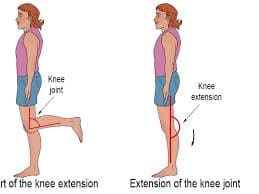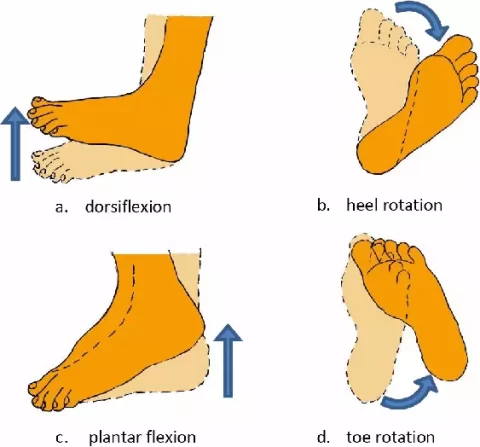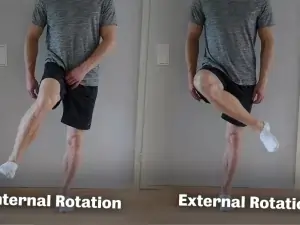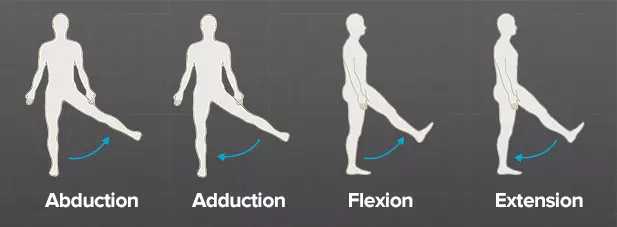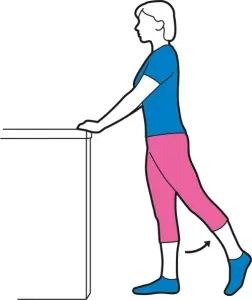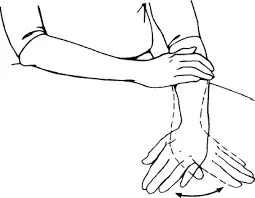Knee Extension
Knee Extension Knee Extension refers to the movement of straightening the knee joint, typically performed by the quadriceps muscles at the front of the thigh. It is a vital motion for activities like walking, standing, and climbing stairs. Knee extension exercises are often used in rehabilitation to restore strength and mobility after injury or surgery….

